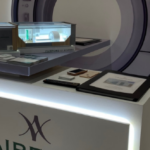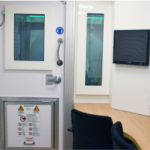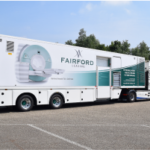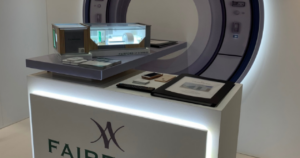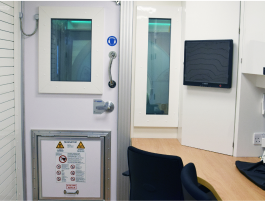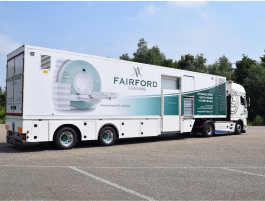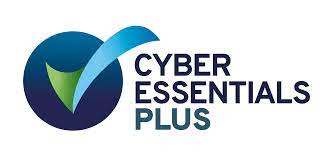When a healthcare practice is equipped with the latest technology, they are able to reduce wait times, improve outcomes and enhance patient care. Of course, that’s all well and good if a practice has the funds to afford the equipment, the installation and the costs associated with recurring maintenance. When budgets are tight, back-logs are building up and a lack of physical space prevents a practice from adopting new technological solutions, patients suffer from reduced access to the right technology.
This is the challenge that leaders in the sector face with regard to medical imaging machines – arguably some of the most essential pieces of kit in the modern healthcare landscape. At a time where technological transformation is fundamental in delivering a higher standard of patient care, NHS practices throughout the country are still lacking the equipment they need to do their job. Boosting survival rates may be the motive in working to advance medical imaging technology, but at present, the NHS has fewer MRI and CT scanners per patient than any other country.
According to recent figures from the Organisation for Economic Cooperation and Development’s ‘Health At A Glance’ report, the UK has only 5.9 MRI units per million people, less than half the OECD average of 13.3. With an ageing population, a sharp rise in the number of patients suffering chronic illnesses and growing pressure to cut down on healthcare expenditure, mobile medical imaging machines are gaining momentum as a stop-gap solution to meeting current demand and enhancing patient care.
While portable units were initially developed with the intention of providing care to patients in developing countries, vast improvements in resolution, image quality and connectivity saw mobile medical imaging machines quickly gain popularity in the developed world.
Today, the use of mobile medical imaging scanners has come to be recognised by healthcare leaders and NHS workers as a flexible, cost-effective measure for practices restricted by lack of space or available budget. What’s more, portable units can also benefit hospitals in sparsely populated areas where the demand for imaging modalities is low the need for a permanent machine cannot be justified economically.
From MRI, X-ray, ultrasound, CT or PT, virtually every imaging modality now has its own mobile version that hospitals can take advantage of in order to increase efficiency, improve access to healthcare and reduce reaction times for patients. Already, the addition of mobile devices has proven invaluable in emergency rooms, where immediate examinations are now possible without the need to relocate the patient.
As hospitals look to replace their outdated equipment and expand their imaging programs, the trend of adopting mobile medical imaging scanners as an interim solution is set to continue. For NHS practices across the UK, providers of mobile medical imaging devices are proving pivotal in providing patients with an accurate diagnosis in a reasonable time-frame.
For patients, the difference is night and day: rather than being forced to travel to find a facility with the right equipment or sit on a waiting list for weeks or potentially months, the adoption of mobile imaging devices allows them to receive a timely diagnosis and start treatment with minimal delay.


